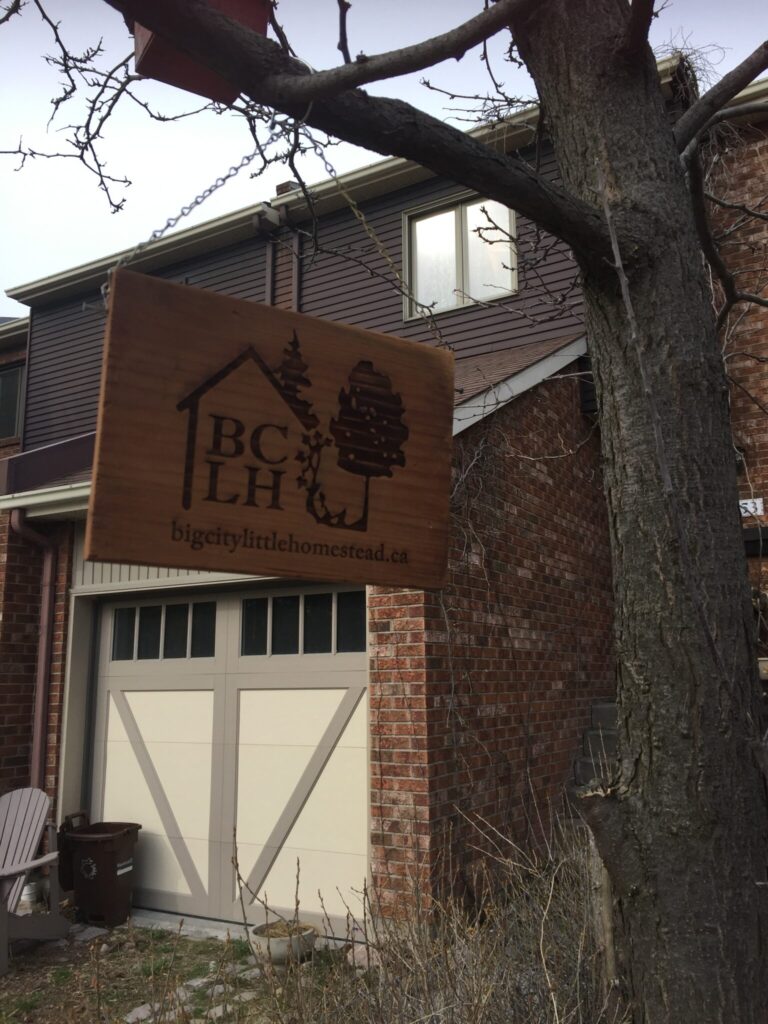I’m thrilled to let you know that Harrowsmith published an article on this project: Why a Green Driveway is Environmentally Sexy
Here’s a gallery of a project I dreamed about for ages: turning my boring asphalt driveway into a green driveway where plants and moss can grow.
This included creating a rainwater catchment (also known as an infiltration gallery) for my front yard garden. The downspout from my roof used to empty onto the driveway, only, now it empties into an underground set of conduits. This sends much-needed irrigation to my garden. Any rain that overflows the gutters or escapes then percolates into the green driveway, preventing runoff to the street.
One of the benefits of this water-saving measure is that it helps prevent storm surges during big storms. The city sewers get next to no water from this set-up. The more consistent benefit to me, though, is that it cools down the hot and sunny south-western front of my house. This reduces the urban heat island effect by
- Not having hardscape absorb the heat of the day,
- Retaining moisture for the plants there, and
- Cooling the air not only through tree shade, but transpiration from the soil.
Where formerly it was very dry, more plants grow now. And I use less water from the city for watering the yard!
A green driveway project like mine has five stages:
- Design and materials procurement,
- Excavation,
- Creating the rainwater infiltration field,
- Building the new driveway, and
- Adding the fill and finishing touches.
The following gallery gives a pictorial of its stages of design and installation:




































One happy outcome of this project was the number of comments and inquiries I received from passersby. Moreover, birds, bees, bumblebees, and butterflies often stop by for nourishment and rest. And my pet rabbits love it, which is also a public service – people just love stopping and watching and having a chat when the bunnies are out.
BCLH’s Rewilding service is available during the April – June migration and planting season.
If you’re considering turning your driveway into a green driveway, converting a portion of your yard and garden to no-mow or low-mow or native plants, or you’d like to take practical action to save the birds, contact me below.



